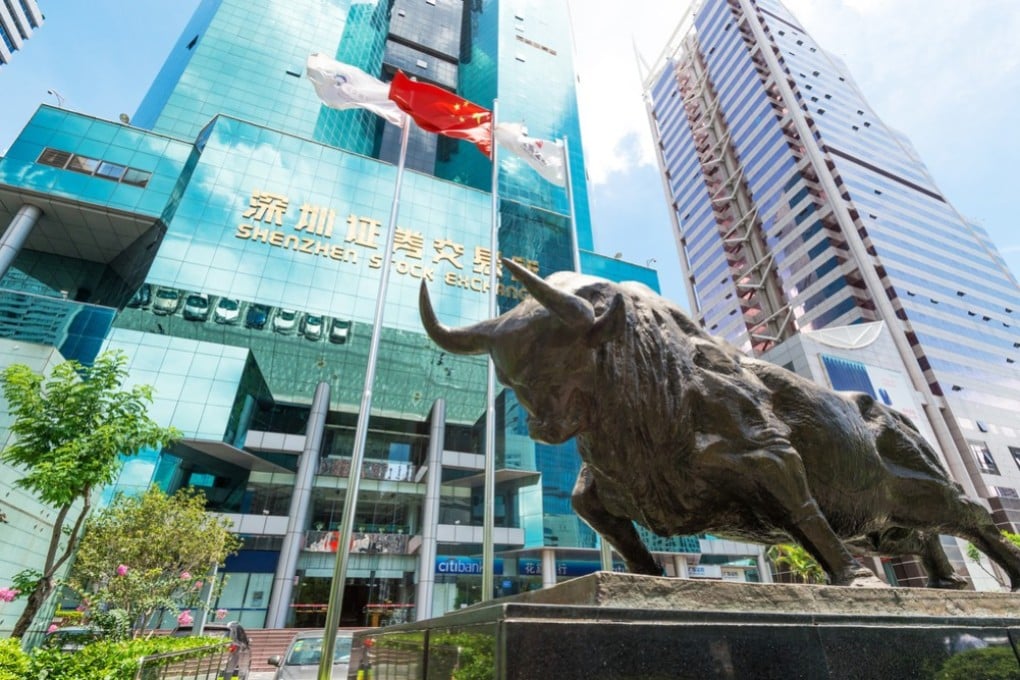Review | The real rise of Shenzhen: how people, not just policies, shaped China’s ‘fishing village turned megalopolis’ explained in new book
- In The Shenzhen Experiment: The Story of China’s Instant City, Juan Du says the myth of Shenzhen’s rise has become more powerful than the facts
- She details how the real story of Shenzhen is not simply one of reforms and policies, but a collection of stories of personal struggles and redemptions

The Shenzhen Experiment: The Story of China’s Instant City, by Juan Du. Published by Harvard University Press. 4 stars
Is Shenzhen now China’s most important city? In August last year, the country’s State Council released a statement announcing that Shenzhen was to be developed into a “pilot demonstration area of socialism with Chinese characteristics”, with the aim of it becoming a “global benchmark city”.
The timing of the announcement was unsurprising and seen as a direct response to the current situation in Hong Kong. As an editorial in China’s Global Times newspaper put it: “Shenzhen has become a key ground for China to tackle tricky issues from a seemingly never-ending trade and technological battle with the US to chaos in the Hong Kong Special Administrative Region.”
Juan Du’s new book The Shenzhen Experiment: The Story of China’s Instant City, is welcome as it provides historical context on this city’s development. And context is sorely needed: much coverage of Shenzhen’s development repeats the same lazy, government-derived tropes of a “fishing village turned megalopolis” or a technological city of the future.

The author notes in her introduction: “Whether viewed as cliché or cherished as an origin story, the Shenzhen myth embodies China’s global rise at the turn of the 21st century. The myth has become more powerful than any facts about the city.”